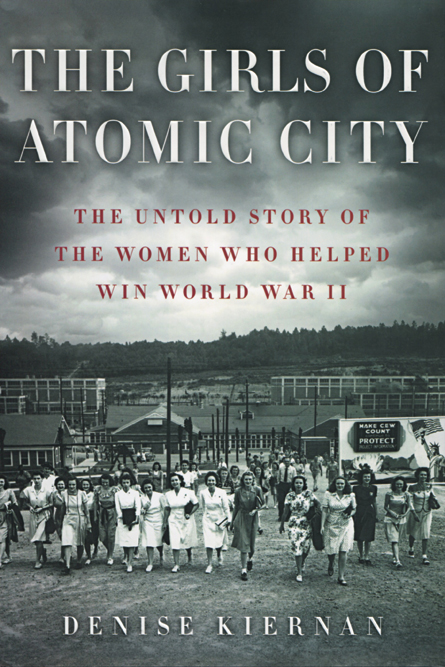The Girls of Atomic City
The Untold Story of the Women Who Helped Win World War II by Denise Kiernan

In late 1942, less than a year after Pearl Harbor, the U.S. government began snapping up property in eastern Tennessee. Within a matter of months, approximately 59,000 acres of farms and orchards, homesteads and hovels just south of the Black Oak Ridge hosted immense construction sites that became the home of supersecret facilities used to enrich uranium for the Manhattan Project. Kiernan chronicles the fascinating lives of some of the young women who lived and worked in this fenced-in town, helping to develop the first atomic bombs.
At its wartime peak, the largely self-contained Oak Ridge community housed about 75,000 people but used more electricity than New York City.
It employed a diverse workforce that included janitors, administrators, chemists and statisticians, many of them female because men were off at war. But unlike Rosie the Riveter, who could actually see the items she helped manufacture rolling off the assembly lines, few if any of the women of Oak Ridge knew how they were helping the war effort. To preserve that secrecy, recruiters hired many of these women fresh out of high school — mostly because, at the time, young ladies in the workplace were expected to do what they were told and not to ask a lot of questions.
Brief chapters provide vital context into the technical aspects of uranium enrichment, as well as the progress taking place at other Manhattan Project sites. But the most interesting parts of this history deal with the social aspects of life in a bustling community so rife with secrecy that the local paper didn’t print the names of residents in its articles.
Touchstone, 2013, 373 p., $27







